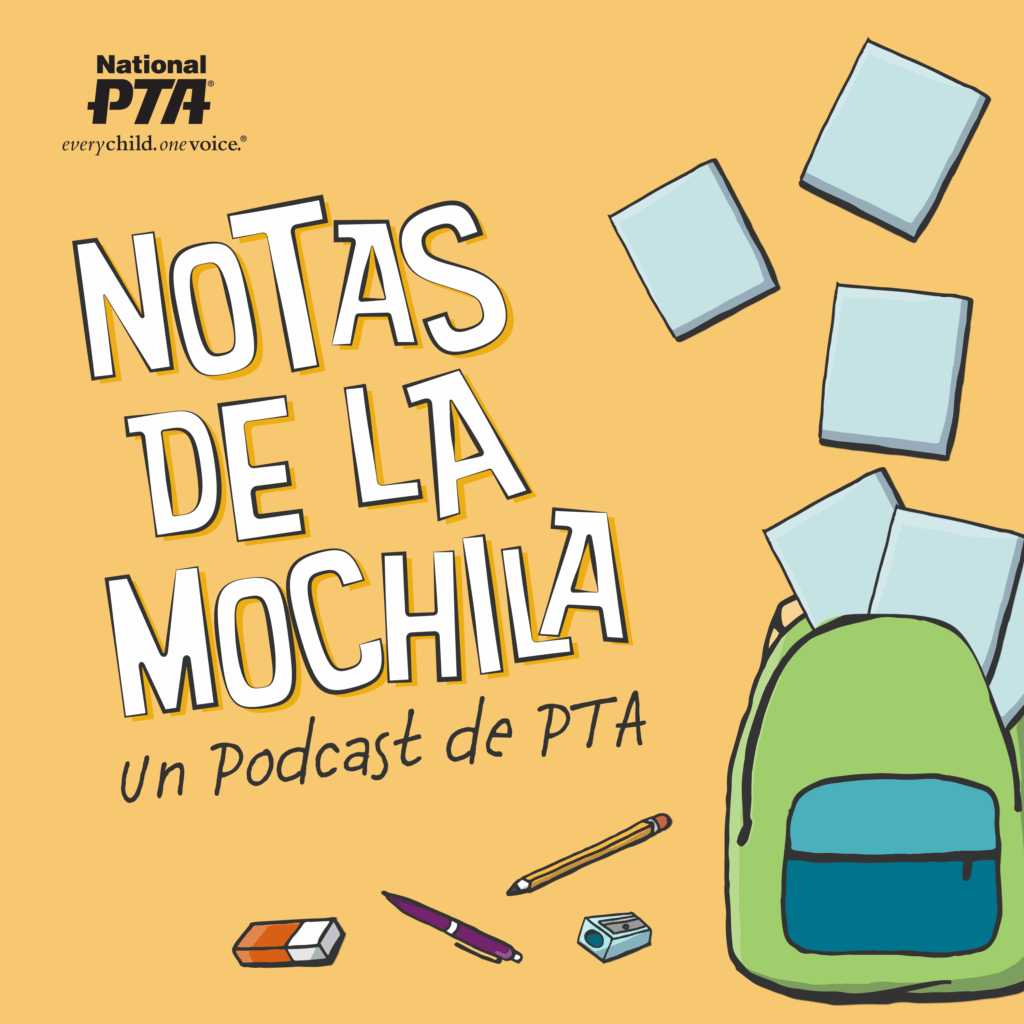This back-to-school season is filled with uncertainty in our new normal. You are wondering how to keep your children healthy and safe as classes resume. And whether your school district is returning to in-person classes or continuing remote learning, helping to reduce the spread of germs and illness is as important as ever.
Joe Rubino, director in research and development at Reckitt Benckiser (Lysol’s parent company), pediatrician Dr. Jen Zubler and Dr. David Berendes, an epidemiologist with the Centers for Disease Control and Prevention (CDC), offer these three tips about germ transmission, best practices for back-to-school and CDC classroom cleaning protocols.
Germs and germ transmission
Germs are microscopic organisms capable of causing disease. The three major types of germs are viruses, bacteria and fungi. Germs can be spread through the air (by sneezing, coughing or talking), by physical contact between people, contact with contaminated surfaces or objects, contaminated food and water or by animals and insects.
One way to help prevent the spread of germs is by disinfecting commonly-touched surfaces. While cleaning removes microorganisms from surfaces, disinfecting helps to destroy them. Cleaning without disinfection can leave microbes behind on surfaces, which can cause infection or illness.
Disinfectants like those from Lysol will not only clean away the bacteria but will also kill up to 99.9% of germs that remain on the surface. Disinfecting both at home and in schools should focus on high-touch surfaces, bathrooms and areas where food is prepared and consumed.
Germ prevention and back-to-school best practices
The more people a student or staff member interacts with, and the longer that interaction, the higher the risk of COVID-19 transmission. Because of this, it is important to follow the CDC’s recommended best practices for returning to school. This includes practicing healthy habits such as staying home when sick, proper handwashing, disinfecting frequently touched surfaces and reinforcing the use of cloth face coverings.
In order to support the health and well-being of students, schools should ensure that they are making mental health a priority, being sensitive and accommodating to students living with disabilities and remembering the importance of nutrition.
Parents should continue to educate themselves on best practices by visiting CDC.org and teach their children healthy habits to use both at home and in the classroom.
CDC classroom cleaning protocol and best practices
It is important to promote and practice behaviors that help reduce the spread of COVID-19. Hygiene should be promoted in school curriculums to ensure that students are aware of proper procedures.
Students should be taught to wash hands for at least 20 seconds with soap and water, and to use hand sanitizer if soap and water are not available. They should also be taught to cover coughs and sneezes with a tissue, throwing the used tissue away after and washing hands immediately. Supplies that school will need on hand include soap and water, hand sanitizer, paper towels, tissues and cloth face coverings.
The CDC also recommends that schools use List N EPA-registered disinfectants regularly, especially on commonly touched surfaces such as doorknobs, light switches, phones, faucets, tables and countertops. Schools should also develop a cleaning and disinfection plan to be implemented and maintained.
Objects that cannot be cleaned and disinfected regularly (such as area rugs) should be taken out of use. Additionally, discouraging the use of shared items, such as toys and books, will help to reduce the spread of germs.
This is a sponsored post. Lysol is a proud national sponsor of PTA.


















